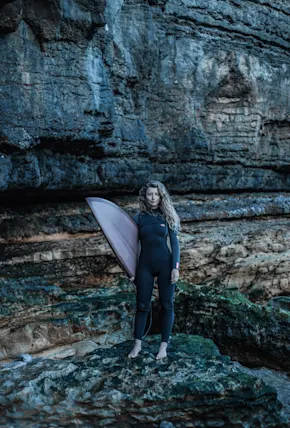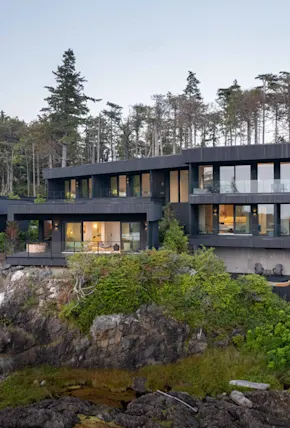The day the exhaust fell off my Land Rover Discovery, I was driving to the ocean. Stevie Nick’s gold-dusted vocals, rising melodically from crackling speakers, were interrupted by the metallic screams of car parts on pavement. Sparks sliced through the soft morning light in my side mirrors. I sighed and slipped the well-worn AAA card from my wallet. My penchant for impractical decisions had arrived bearing yet another lesson in patience.
I’m not sure when it happened, but at some point in my life, I started to rebel against practicality. When my friends were getting engaged, I was moving across the country with a few bags and even fewer dollars. As my peers were finding comfort in the forward momentum of their career paths, I felt suffocated by trajectories and trends and crowds. So when the Land Rover finally took its last rattling breaths, I replaced it with something even older and less reliable: a 1980 Land Cruiser, imported from Australia with a right-hand driver and pop-top camper.


















